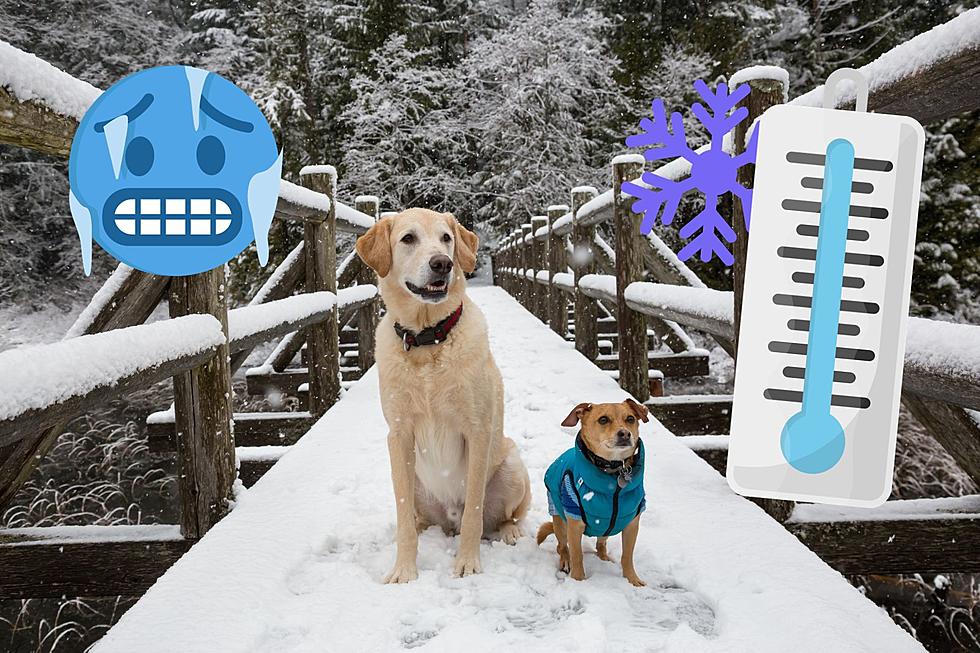
Cold Weather Safety For Pets: Know Your Pet’s Tolerance
As temperatures drop, our furry companions also feel the chill.
Understanding the thresholds of cold tolerance for pets is crucial to ensure their safety and well-being during colder seasons.
Factors Affecting Cold Tolerance
Breed Variations
Different breeds exhibit varying levels of tolerance to cold. While some, like Siberian Huskies, thrive in colder climates, others, such as short-haired breeds like Chihuahuas, are more sensitive to low temperatures.
Size Matters
The size of a pet can impact their ability to withstand cold. Smaller animals generally have a harder time retaining body heat compared to larger ones.
Age and Health Conditions
Older pets and those with health issues like arthritis or compromised immune systems are more susceptible to cold weather's adverse effects.
Signs of Cold Distress in Pets
Physical Indicators
Watch out for signs such as shivering, curling into a ball, or seeking warm areas. Cold pets may also show signs of stiffness or exhibit signs of discomfort.
Behavioral Changes
Uncharacteristic behaviors like excessive whining, reluctance to move, or seeking unusual warm spots can indicate your pet is feeling too cold.
Read Next: Pet Licensing In Great Fall May Change, Here’s The Proposal
Temperature Thresholds for Pets
General Guidelines
As a rule of thumb, temperatures below 45°F (7°C) can pose risks, especially for smaller or more sensitive breeds. Wind chill can significantly lower this threshold.
Indoor vs. Outdoor Limits
Indoor pets accustomed to warmer environments may feel discomfort in temperatures below 65°F (18°C). Outdoor pets might withstand colder temperatures but require shelter from harsh conditions.
Monitoring Your Pet's Response
Observing your pet's behavior and physical reactions in various temperatures helps determine their individual cold tolerance level.
Protecting Your Pet from Cold Weather
Providing Adequate Shelter
Ensure your pet has a warm, insulated shelter when outdoors. Elevated bedding, blankets, and access to heat sources can help maintain their body temperature.
Clothing and Protective Gear
Consider using pet-specific clothing, like coats or sweaters, especially for smaller or short-haired breeds, when venturing out in cold weather.
Limit Outdoor Exposure
Minimize outdoor time during extreme cold snaps, and if possible, accompany your pet to provide warmth and supervision.
Can You Help Solve These East Texas Cold Cases?
Gallery Credit: City Of Tyler
20 Exotic Pets You Can & Can't Have In Montana
Gallery Credit: JD Knite
The Coldest Recorded Temperature in Every State
Gallery Credit: Kristen Matthews
